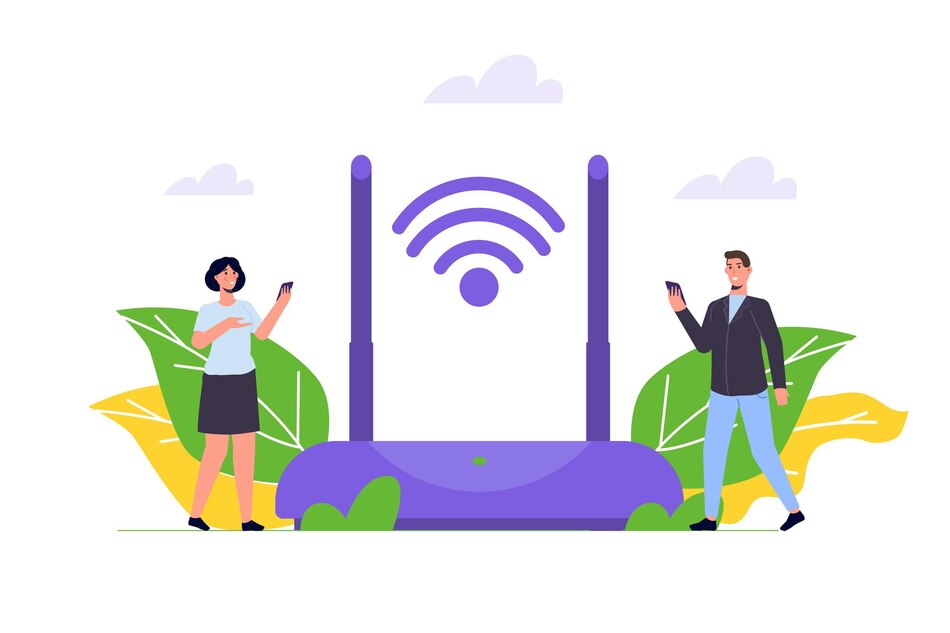Castles have moats inside. Subway turnstiles and doors are standard. When people want something, it helps to decide who can get it for them. When businesses and organizations let guests use their wireless networks, a captive portal can be an important part of their overall mobility strategy. Besides keeping the network safe, this is also good for many other reasons that need to be better known.
This is likely something you know about or have seen. When you try to connect to Wi-Fi in a hotel, hospital, school, cafe, restaurant, or business center, that’s what you see. Some people who use public Wi-Fi networks must see and interact with a captive portal web page before they can connect. A captive portal can be made in a lot of different ways.
One way is for users to log in with a user ID and password. Another is to enter a room number to connect to the network for some time. This could happen in hotels, hospitals, or other places. Another thing that most captive portals have in common is an acceptable use policy (AUP).
To connect, users must agree to this policy, much like a “terms of service agreement.” Even though it seems obvious, most people don’t even consider it. Captive portals can do more than keep your network safe, though. Here are five good things about captive portals that can help your guests’ Wi-Fi plan.
Traffic Separation
Guest traffic can be kept separate from traffic from captive portals. With network access control policies, this is very safe because it keeps people you don’t trust from getting to private resources. Guest users will have different ACLs, which means they can only do certain things on the company network. This is because each company has its own security rules. This will let the right people in based on what you want to give them or what they need.
Gathering Of Information
The time, date, and user are used to keep track of data in these portals. This is a normal part of letting guests in. In the future, network managers can look at logs to find out who certain users are and what they do on the network. These are useful for many things, but the main one is that they let you gather information your business can use in any way it sees fit.
Besides the standard information we discussed, many captive portals, especially retail ones, also use social log-ins to get more useful customer data. People can sign in to the guest Wi-Fi network with their Facebook, Twitter, LinkedIn, or even Google Plus accounts when they use social log-ins.
The customer is used to this type of authentication and finds it easy to use. However, it does give the company a lot of personal data, such as name, gender, email address, and so on. This can be very helpful for expanding your database and giving your users better experiences because you know more about them.
Marketing And Advertising
When you market something, a landing page can help people remember your brand and grasp your message better. Companies can get more people to know about their brand by using captive portals’ hidden features, which are almost endless.
Timed injection ads are one way to ensure people do what you want them to or watch the ads for a while before moving on to the next screen. Portals can also showcase your business logo, deals, and requests for links to your social media pages. This part can be fun in many different ways.
Figure out what works best for your hospital, school, or business. But remember the main point of your captive portal, and stay calm with it. People probably aren’t trying to connect with you to see your ads, so constantly think about how your audience will feel and give them helpful content instead of spam.
Protection From Lawsuits
Don’t think the internet is always safe because it’s free. To ensure users know that your active portal should have an accepted usage policy (AUP). Guests must agree to the rules written on the note before connecting to the Wi-Fi network. Doing this makes your company less likely to be sued if a customer does or is accused of doing something wrong on your Wi-Fi network.
Bandwidth Limits
Some people may connect to a public wireless network for free more than once and use it almost nonstop to download music, videos, and other large files that use a lot of bandwidth. Extra software in the captive portal controls how quickly big files are downloaded, limits the file sizes that can be downloaded, limits the number of downloads that can happen in a single session, or blocks links to websites that people often use to download big files can slow down or stop this.
This will keep everyone on your network happy and save you a lot of trouble. It’s known as traffic shaping or bandwidth throttling. Captive Portals are always a pain to deal with online. Some parts are hard to understand, the browsers must be fixed, and it should work better on phones. On the other hand, an excellent captive portal can be beneficial in many ways.
